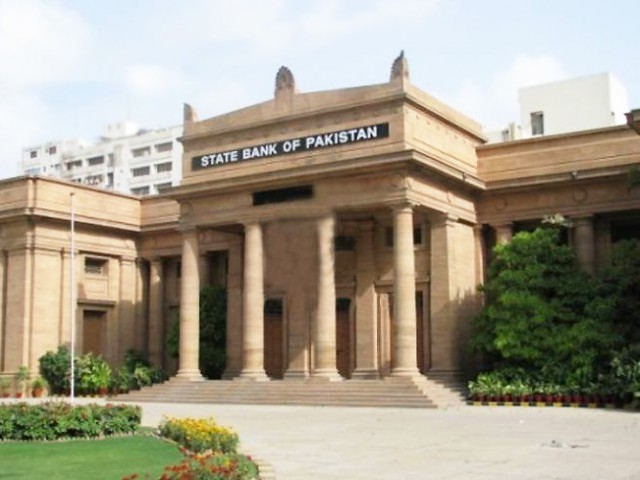
A closer analysis tells us that the government remains the single largest borrower, with banks heavily investing in government securities over the last three years. According to SBP data, credit to the government sector — through investing in securities and loans — has risen at a speed greater than the loans advanced to the private sector. When such ‘crowding out’ takes place, private sector businesses find it harder to obtain loans. While the cut in interest rates has helped the public obtain car and housing finance at a cheaper cost, the fact is that it has not as yet spurred economic growth. How many companies have announced expansion plans or decided to boost operations with crude oil prices going down by over 50 per cent? In the coming months, average inflation is likely to rise as the base-year effect will now come into play. The SBP would be inclined to either keep interest rates steady or increase them. Credit off-take will not increase the way it was hoped it would, and will slow down any prospects of economic growth. The biggest beneficiary would be the heaviest borrower. We all know who that is.
Published in The Express Tribune, September 16th, 2015.
Like Opinion & Editorial on Facebook, follow @ETOpEd on Twitter to receive all updates on all our daily pieces.

1725030039-0/Untitled-design-(2)1725030039-0-165x106.webp)
1725366721-0/kyle-(1)1725366721-0-165x106.webp)
1731410017-0/BeFunky-collage-(45)1731410017-0-165x106.webp)








COMMENTS (2)
Comments are moderated and generally will be posted if they are on-topic and not abusive.
For more information, please see our Comments FAQ